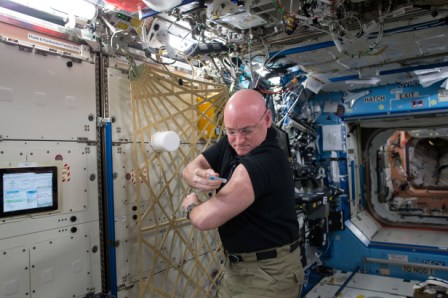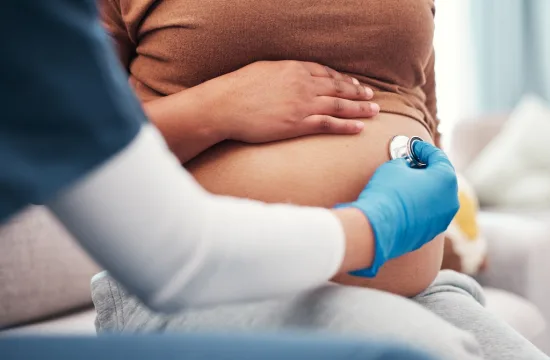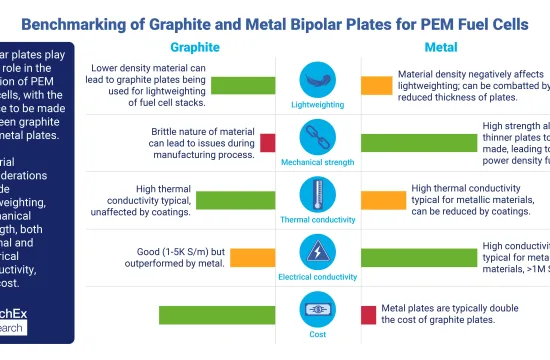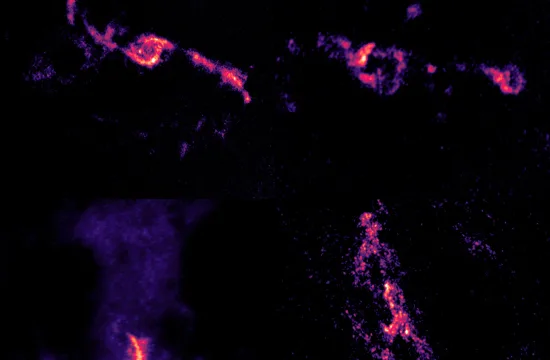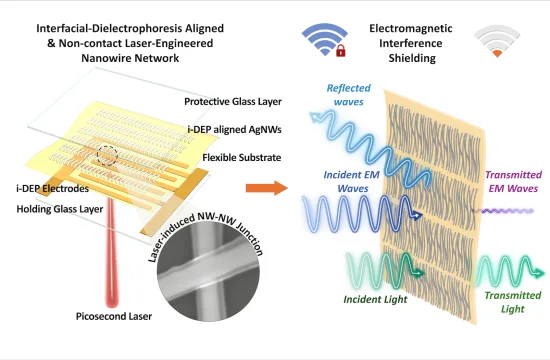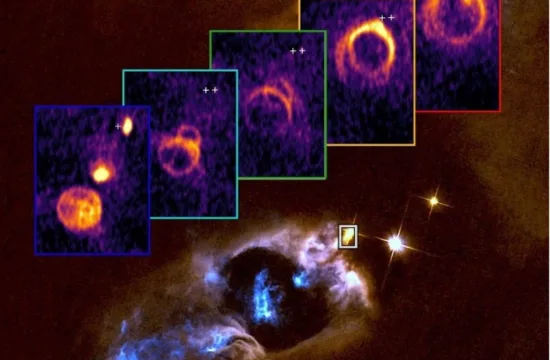
Astronauts Scott and Mark Kelly have presented NASA with an interesting opportunity. As Scott spends one year aboard the International Space Station (ISS), Mark is on ground.
NASA is undertaking a slew of experiments on the twins to understand the effects of prolonged spaceflight on human physiology, behavioral health, and microbiology, among other areas.
Emmanuel Mignot, the man known for discovering the relationship between narcolepsy and the immune system, has turned his attention to the immune system’s response to the flu vaccine in space versus Earth.
[pullquote]According to NASA, T-cell response to a flu shot is more prominent about a week after the shot is administered.[/pullquote]
The information on the twin astronauts is being combined with pre- and post-vaccination data from 210 twins between the ages of eight and 82. The hope is the data may shed light on how to personalize vaccines for future astronauts on long-duration space missions.
“We will be able to determine what portion and pathways of the immune system are most challenged by space flight,” said Mignot, who is a professor of psychiatry and behavioral sciences at Stanford Univ. “We’ll calibrate the amount of immune changes present and offer ideas on how to counterbalance it, for example using higher doses of vaccination for key viruses to avoid reactivation.”
Aboard the ISS, Scott is exposed to far less pathogens than his brother is on Earth. Pathogen exposure results in the bodily production of T-cells, which circulate throughout the body fending off invaders.
“Vaccinations only protect against one agent, in this case the flu. So we can look at the specific T-cells that are recruited by the body to fight against the flu and see how the immune system responds,” said Mignot.
Mignot and colleagues are interested in seeing how Scott Kelly’s immune system responds after being isolated in space for a year.
The brothers had flu shots and bloodwork done prior to Scott Scott’s flight and six months into it. Six months after Scott touches down to Earth, the final shot and bloodwork will be done.
According to NASA, T-cell response to a flu shot is more prominent about a week after the shot is administered. When a flu shot is given, they pre-activate T-cells so they can more readily defend against the disease the shot is meant to allay.

